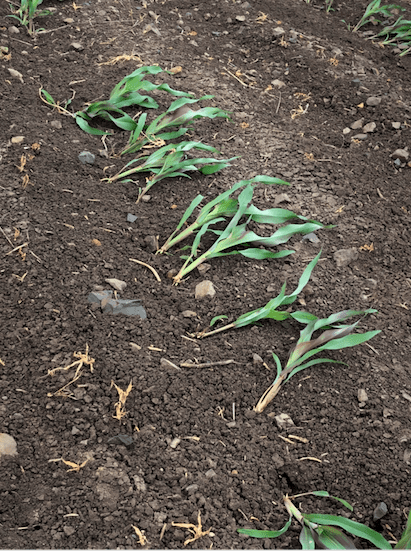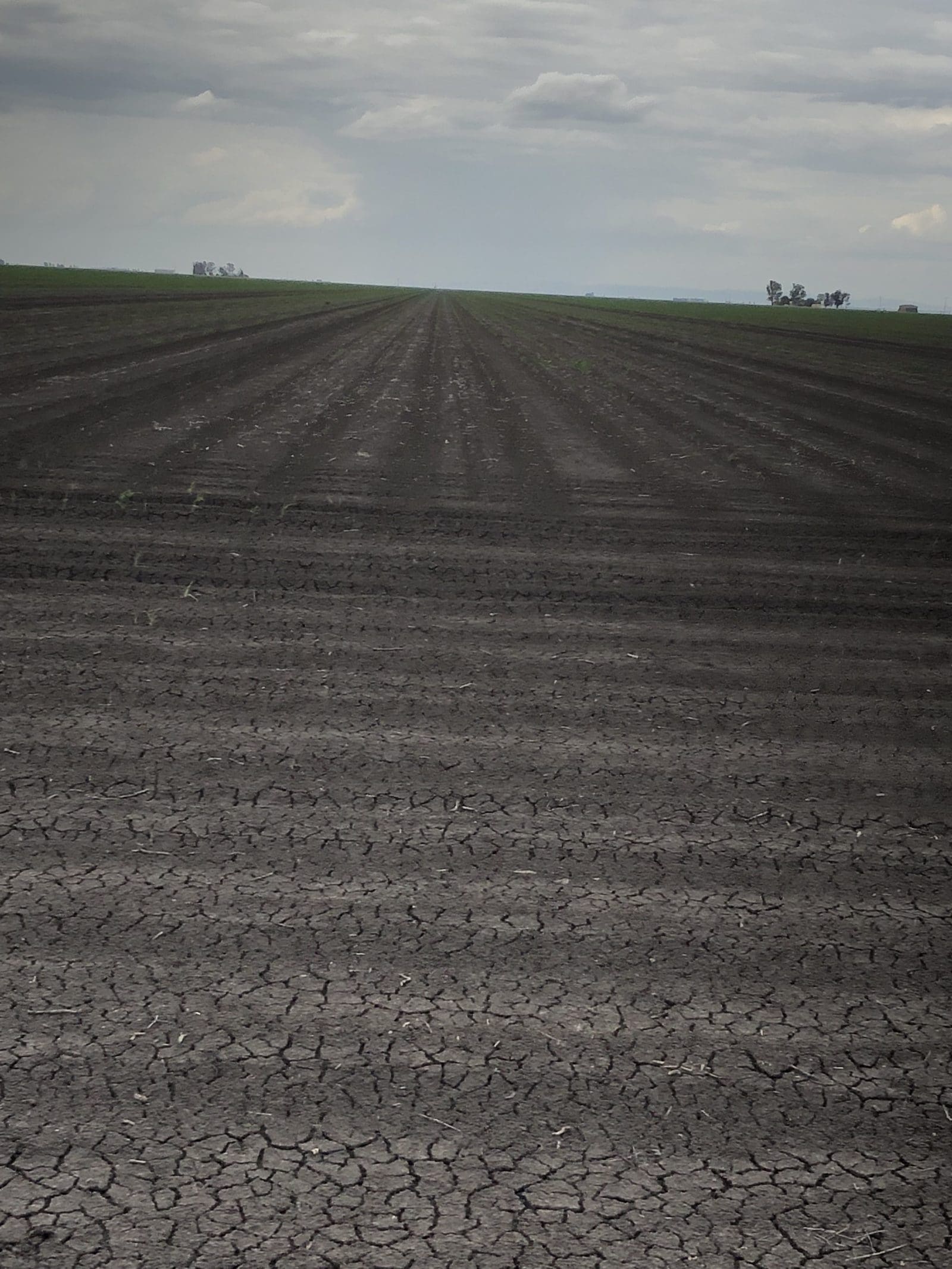SEVERE heat and mostly dry conditions in Queensland and northern New South Wales in the past week have swung longer-term buying intentions away from sorghum and back to interstate wheat as consumers recognise that it’s the interstate movements which will secure their needs through next year.
Trade sources have said the 2018 NSW harvest will be remembered for its brevity, and for high quality, which has offered little buying opportunity for feedlots as they look to extend their coverage into 2019.
ABARES this week produced its latest crop report, which put the NSW wheat crop at 1.98 million tonnes (Mt) from 1.8M hectares, and barley at 708,000t from 600,000ha.
Delta Grain general manager, Mick Parry, said the actual figures might well be lower, and that harvest pressure had “been and gone” in the state’s north.
“Not a lot has been received by the bulk handlers, and we’re as close to zero on the balance sheet as you can get,” Mr Parry said.
“Wheat’s all high protein, and nobody’s got APW, which is good news for the flour millers.
“From Goondiwindi to Wagga, the quality we’re seeing is H2 and above, and that recent rain in southern NSW didn’t damage quality, probably because the wind dried it out quickly.”
Mr Parry said growers in northern NSW appeared to have sold all the grain off the header they intended to, and were happy to store the rest and wait for the market to drift higher.
“The US market looks like it’s been sideways to lower for the past three months, and it’s showing signs of breaking higher because after Russia, and then the US, there’s really no one with a lot of grain to export. “
Barley rising
New-crop NSW wheat and barley has had a minimal impact on the market, and barley prices have lifted after being dealt a blow from China’s proposed anti-dumping investigation.
“Barley in the east fell in line with WA after the China news, but it has rallied about $20 per tonne after losing $40/t at its low on Tuesday last week.”
The prompt wheat market has been trading in the track market this week at around $452/t in Newcastle and Port Kembla, and $456/t Brisbane.
Heat impacts sorghum
In the sorghum market, hot and mostly dry weather has pushed the Brisbane track market to $385/t.
“It’s trading in little bits, and it’s strong.”
The Newcastle track market for sorghum has been trading at a $10/t premium to Brisbane, to reflect the uncertain production outlook for the partially planted Liverpool Plains crop.
Yesterday, Newcastle track sorghum for March-April was trading at $383/t, up from $370/t on November 22.
Off the boat
Mr Parry said stockfeed millers in the Hunter Valley looked likely to continue being volume users of South Australian and Western Australian grain “straight off the boat”.
Barley in the nearby Brisbane, Melbourne, Newcastle and Port Kembla track markets has been trading at $410/t.
“That’s $25/t over sorghum in Newcastle, and the buyers are likely to stick with interstate barley at that price.”
Goldstar Commodities broker Geoff Webb said feedlots in Queensland on the Western Downs and close to Goondiwindi had been buying grain from their own and surrounding districts, and users further east were sourcing interstate grain out of Brisbane.
“We’re now at the point where no grower has storage issues, and they will hang on to their grain and wait for the market to rise.”
Mr Webb said the NSW-Queensland border market was trading at around$445/t delivered for wheat, and $410/t for barley, while the Darling Downs market was at around $435-$440/t for wheat and in the low $400s/t for barley.
“There’s talk of them swapping into sorghum, but before we see it, they’d want to be sure of a big crop coming in.”
Mr Webb said the condition of sorghum crops varied greatly, and the Darling Downs was where the volume was going to come from.

“Safe” summer crop country Jimbour Plain sorghum late November 2018 had no rain since planting. Young plants had insufficient root development to hold them upright in windy conditions.
“Some people got sorghum in early, and got rain on top of that, and those crops look great and will be harvested in February, but some other crops don’t look that good.”
Sorghum for March-April delivery on the Darling Downs has been trading at around $370/t this week, higher after Queensland’s hot, dry and windy bushfire week.
“Lots of people are doing lots of sums, and saying sorghum needs to be cheaper before it will price into the ration.
“They want it to be 80-per-cent the value of wheat to swap it in.
“It’s been there, and they haven’t swapped.”
Mr Parry said the possibility of aggressive buying from China on new-crop sorghum out of all areas including Central Queensland was discouraging forward sales.
“If China wants our sorghum, they’ll buy it at whatever price they need to.”
South Australia is still highly relevant to eastern states grain pricing, according to Rural Directions grain marketing team leader Chris Heinjus.
“There’s good enquiry in SA for the higher milling wheat grades for supply into NSW.
“The bids here yesterday for H1 and H2 were very strong.”
Mr Heinjus said APW bids appeared to have plateaued, and the barley market in some instances had seen malt come back to feed value.
“One is tipping the other, suggesting the market perceives an oversupply of malt and short supply of feed.
“Growers saw dumping of barley prices as irrational and they stopped selling in droves.”
Mr Heinjus said while barley prices had recovered somewhat, buyers had found it hard to get growers back into selling mode.
“Some growers are taking the same view, even at higher prices.
“Time will tell whether it was rational or irrational.”
Mainline rail key
Mr Heinjus said Kimba pricing was still based on mainline rail, rather than a delivered Eyre Peninsula (EP) port price.
“Further south on EP, values are based on port facility pricing; whether it is port export or port domestic is largely the same impact it is going out loaded on a vessel.
“There is plenty yet to unfold in the SA market, with effectively two weeks of trading in December remaining.
“Someone will wake up on the 21 December knowing they need to get something else traded before Christmas.
“Last minute trades happens every year, without fail.”
Grain Central: Get our free daily cropping news straight to your inbox – Click here


HAVE YOUR SAY